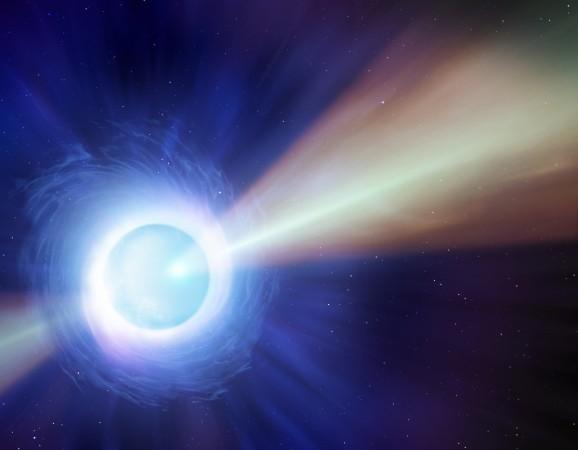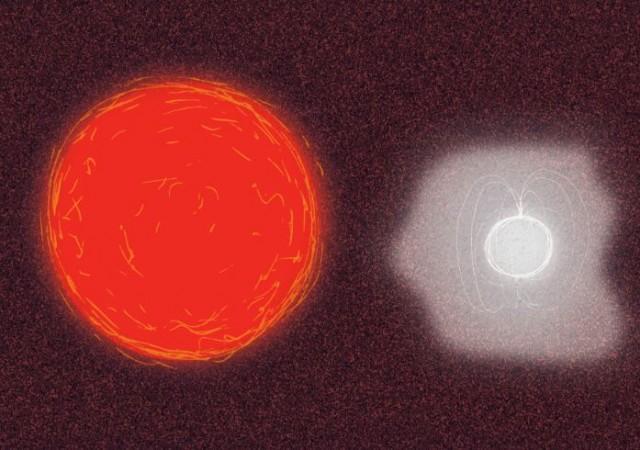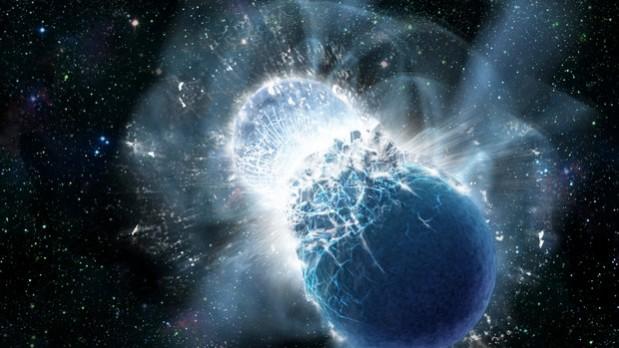
For the first time ever, astronomers have captured the light coming from a neutron star merger on Earth. To capture this sight, researchers had to wait for about 100 days, staring at the Sun.
Binary neutron stars GW170817 merged about 130 million light-years away in the galaxy NGC 4993. First detected in August 2017 by the Advanced Laser Interferometer Gravitational-Wave Observatory (Adv-LIGO), and by Gamma Ray Burst (GRB) observations, it was also the first ever neutron star merger to be visually confirmed from Earth, says a report by the University of Warwick.
A few weeks later, the merged stars happened to pass behind the Sun, hiding from view as the Sun's glare was making it impossible to actually see what was happening to the star. Researchers at Warwick then decided to turn the Hubble Space Telescope towards the merger to see what they can find. Astronomers soon realised that the merger was still putting out a powerful beam of light. Initially, the beam itself was off centre to Earth, notes the report, but it was seen to spread out gradually in this direction.

Dr Joe Lyman from the University of Warwick's Department of Physics, explained how they saw early on, some visible light powered by radioactive decay of heavy elements and over a hundred days later it was gone, but now, they are able to see a jet of material instead, "ejected at an angle to us, but at almost the speed of light. This is quite different than some people have suggested, that the material wouldn't come out in a jet, but in all directions."
Andrew Levan from the University of Warwick, another of the paper's leading authors, also added that if it was possible to look straight down the incoming beam, it would have been possible to actually see a powerful burst of gamma-rays.
"This means that it is quite likely that every neutron star that mergers actually creates a gamma-ray burst, but we only see a small fraction of them because the jet doesn't line up all that often," he explained. He also said that it might be possible to find these events in the cosmos by studying gravitational waves and that such mergers and subsequent ejection of matter might be more common than previously thought.










